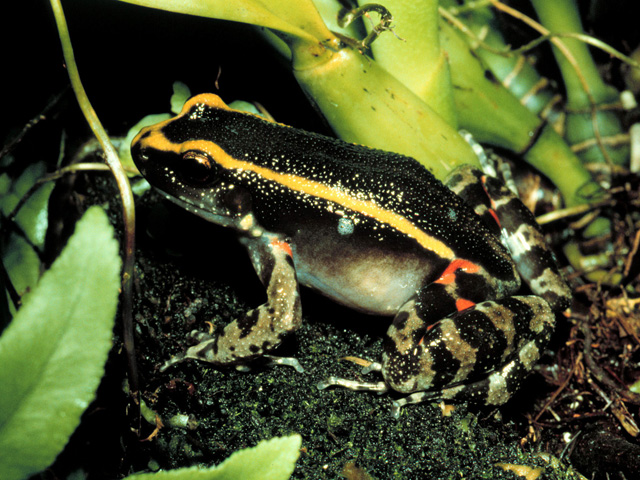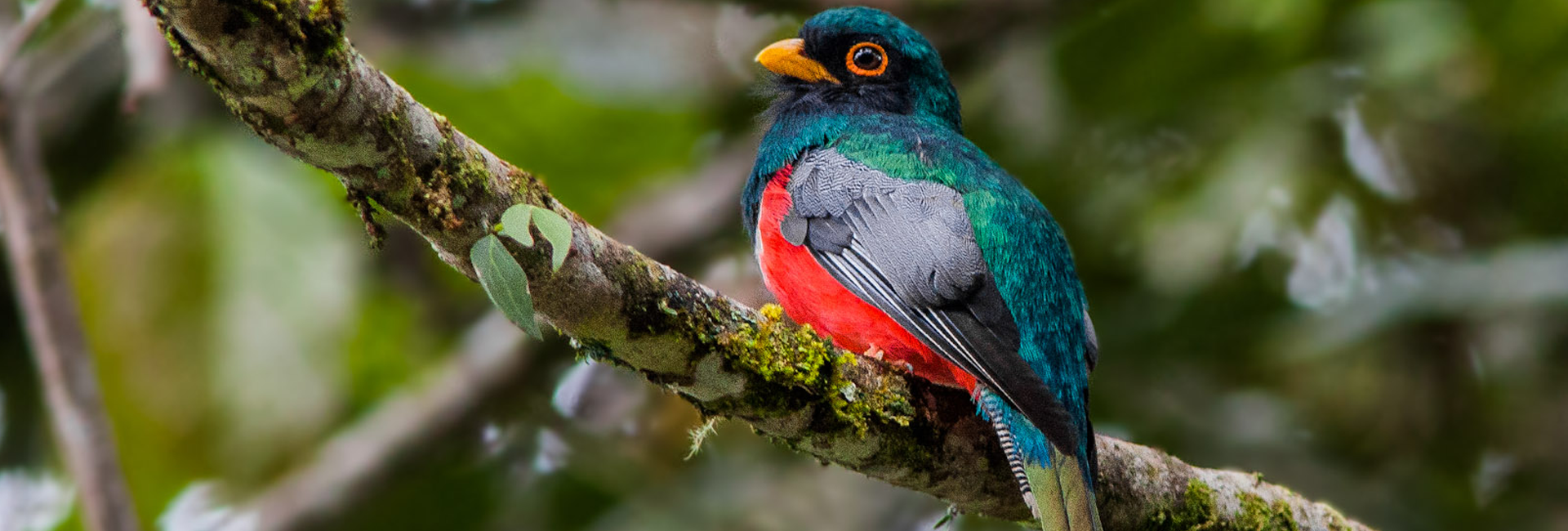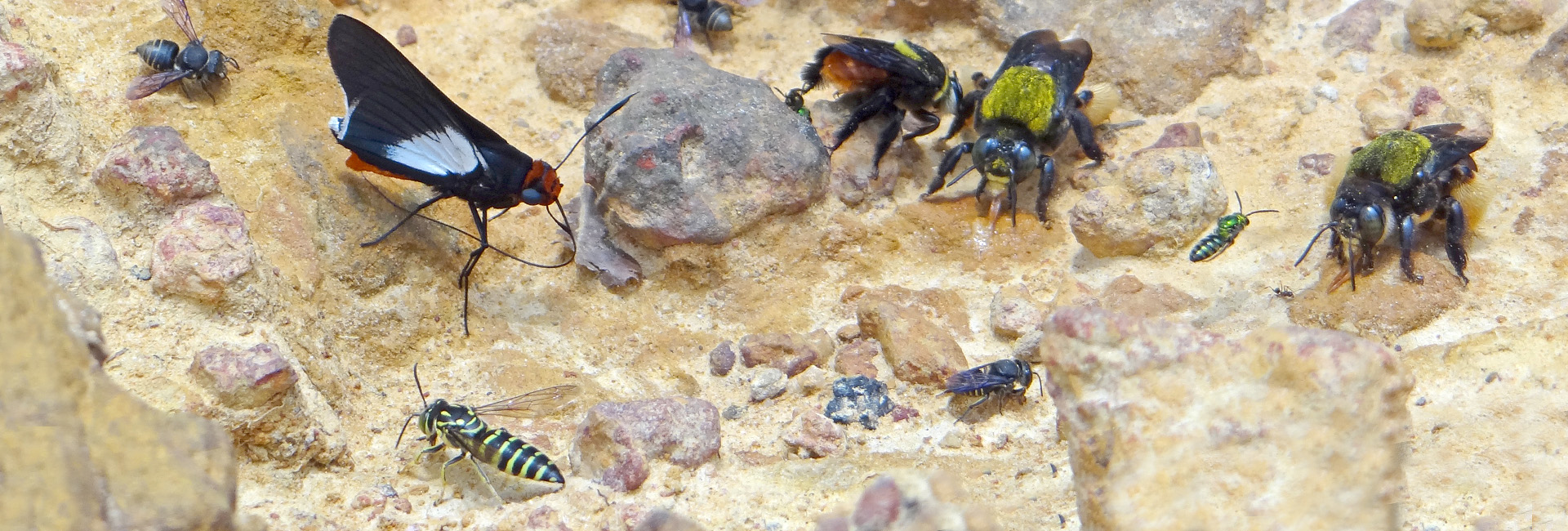Frog in ant disguise

Chemically mediated camouflage is well known in invertebrate parasites of social insect colonies, but André de Lima Barros found out that the little frogs Lithodytes lineatus can live and reproduce inside anthills of leaf-cutting ants without ever being attacked. During research for his masters degree, André determined experimentally that the frogs produce a skin secretion that mimicks a chemical communication signal of the insects, which turns the frogs “invisible” to the ants. The study received ample coverage in scientific news outlets. The thesis was supervised by Albertina Lima and has been published in Behavioral Ecology and Sociobiology.
Here is the article’s abstract:
Chemical-based mimicry and camouflage are known to be employed by invertebrate parasites of social insect colonies, but the use of this strategy by vertebrates to avoid being detected by social insects has received less attention. In this paper, we examine the hypothesis that frog Lithodytes lineatus has skin chemicals that imitate chemical recognition used by leaf-cutting ants of genus Atta. We show that individuals of Lithodytes lineatus were never attacked by the leaf-cutting ants of genus Atta, while 100 % of four other anuran species were. In addition, none of the ten individuals of frog Rhinella major coated with skin extracts of frog L. lineatus were attacked, whereas controls (coated with ultrapure water) were attacked on each occasion. Our results demonstrate that the skin of frog Lithodytes lineatus has chemicals that prevent the attack of both species of leaf-cutting ants, Atta laevigata and Atta sexdens.































